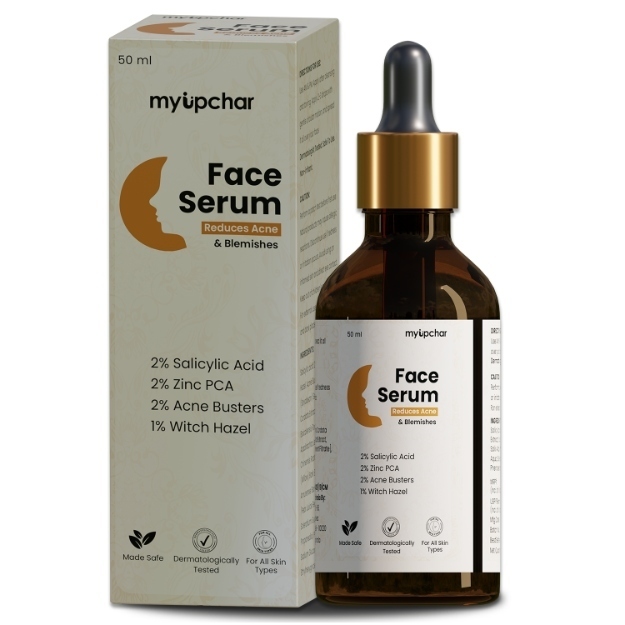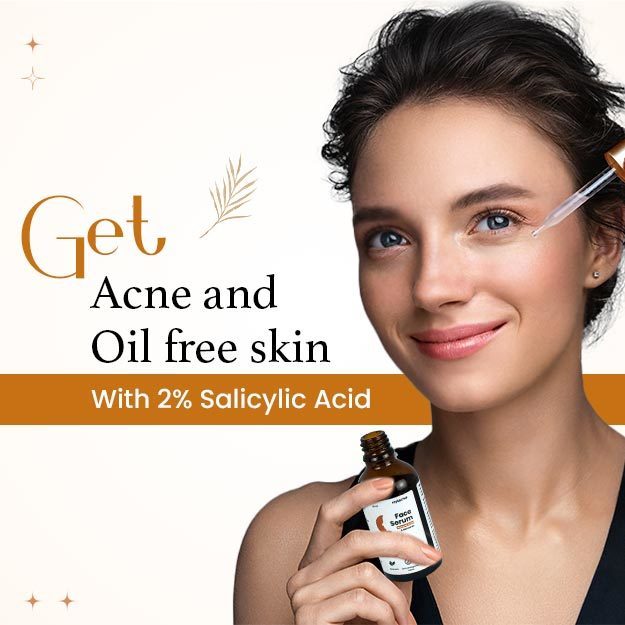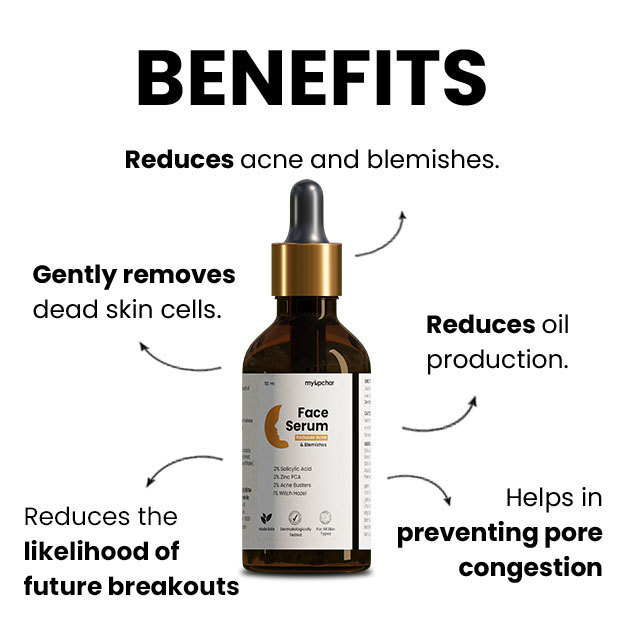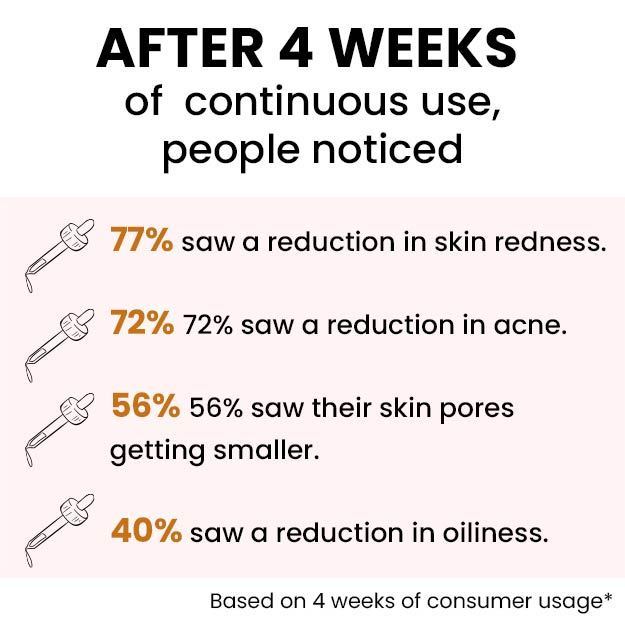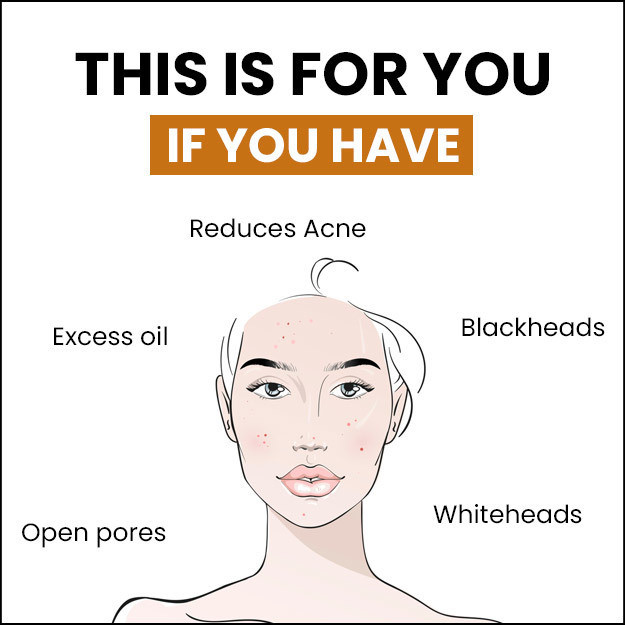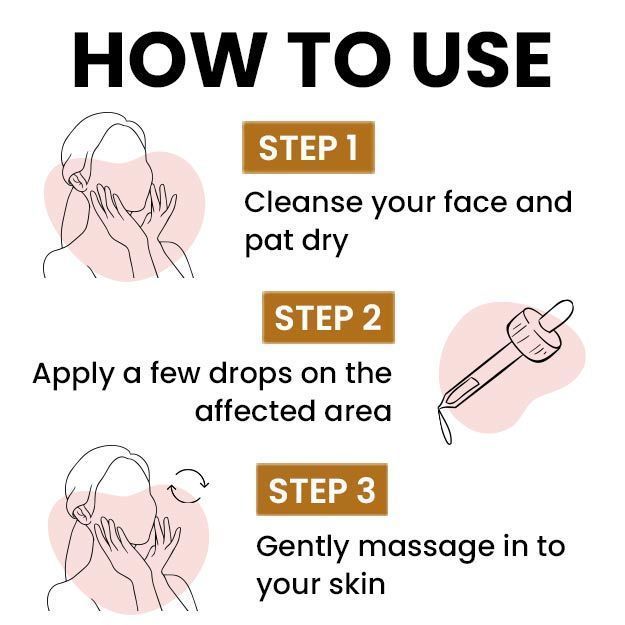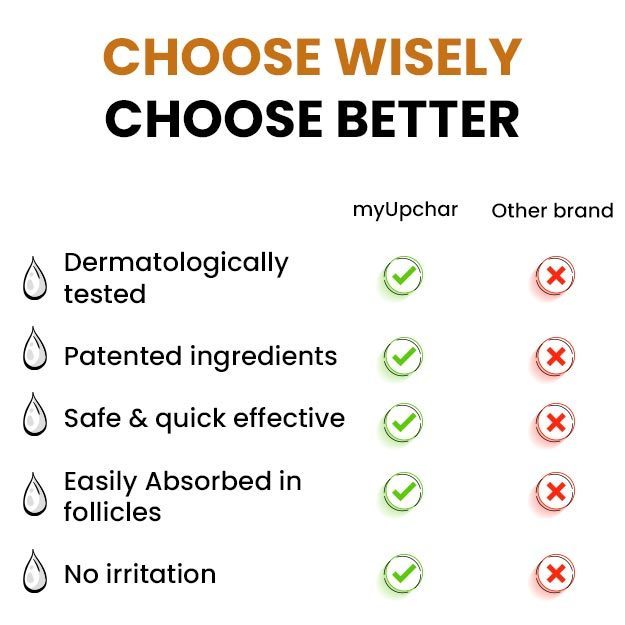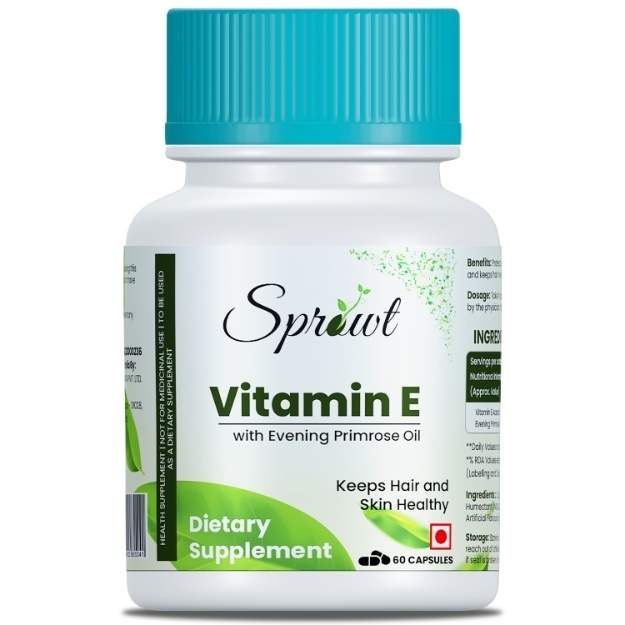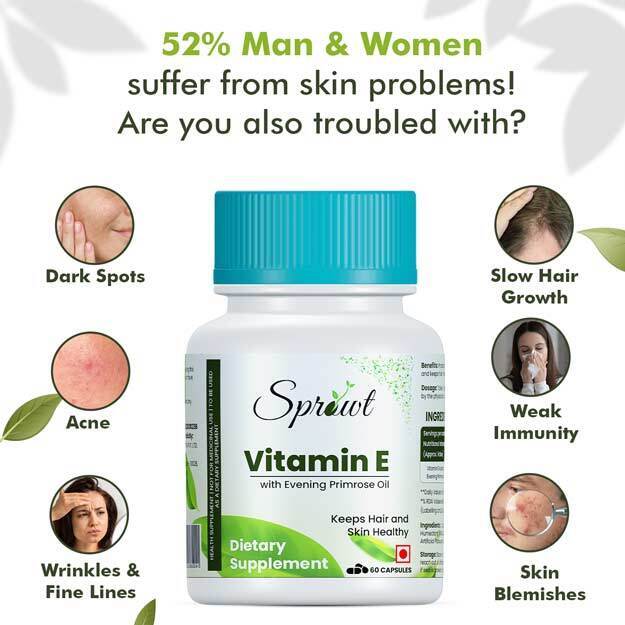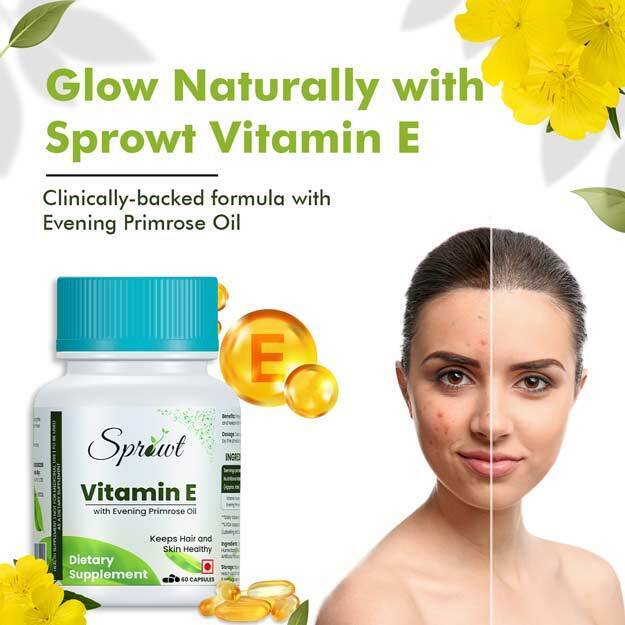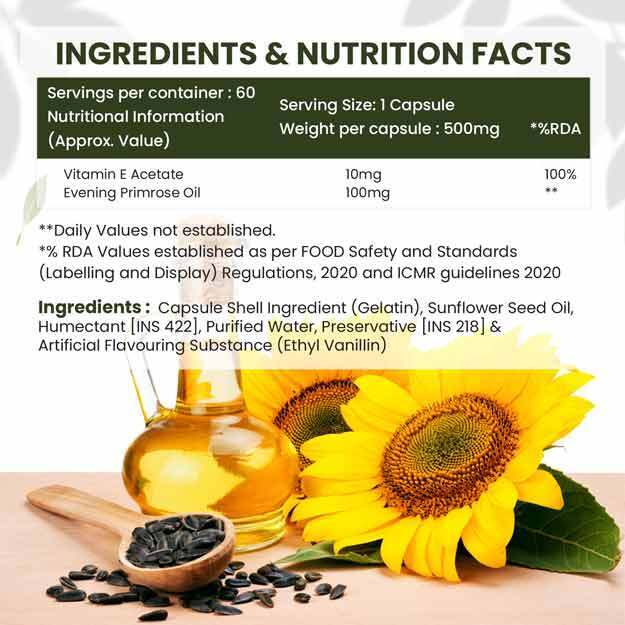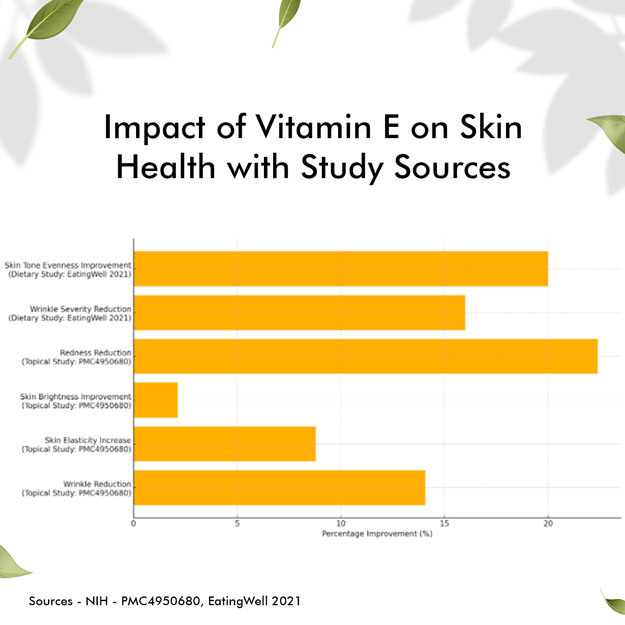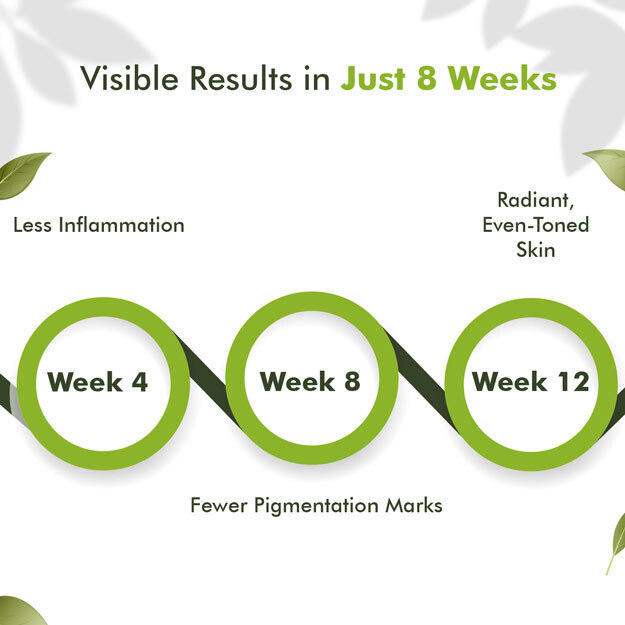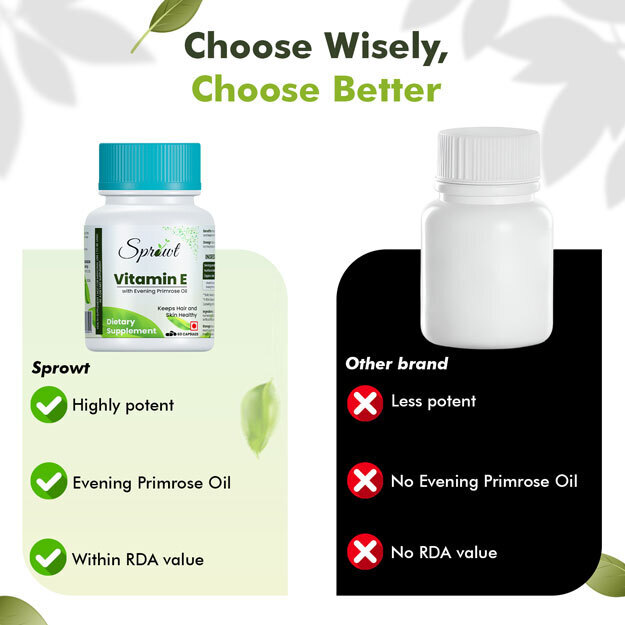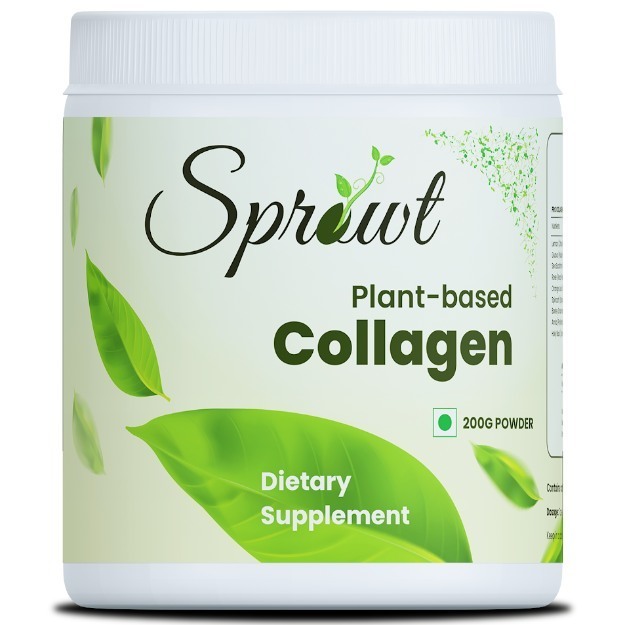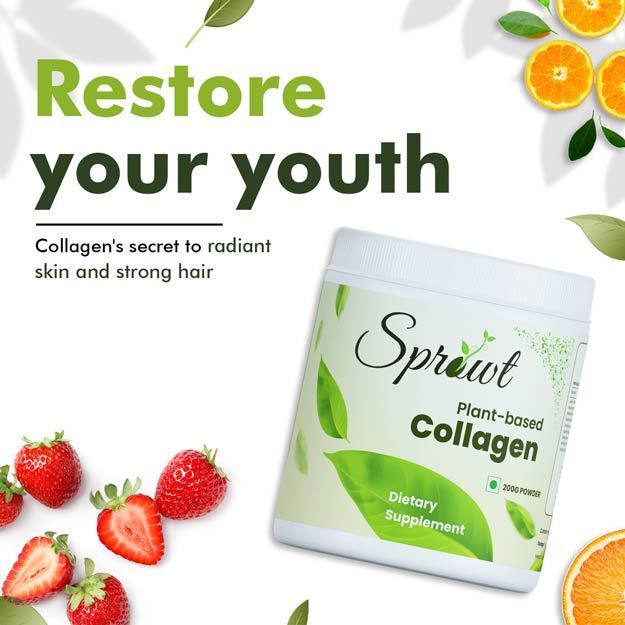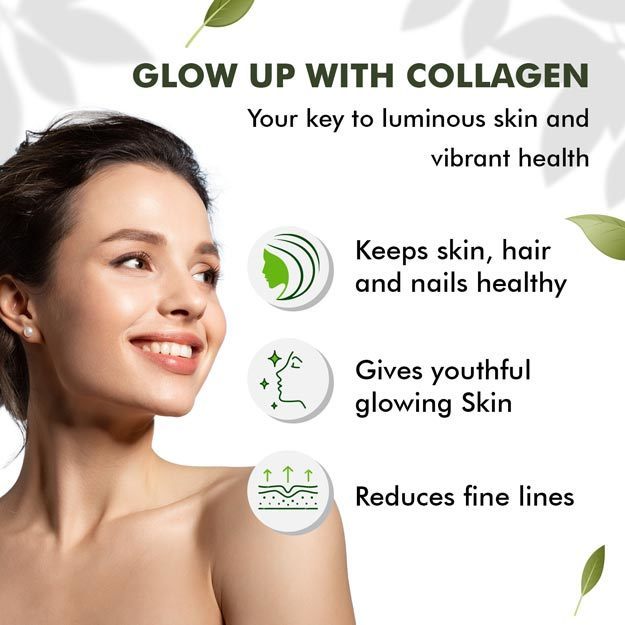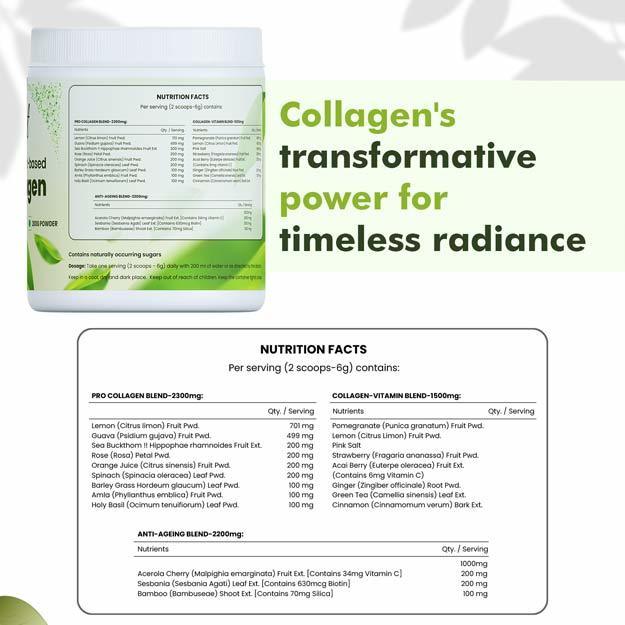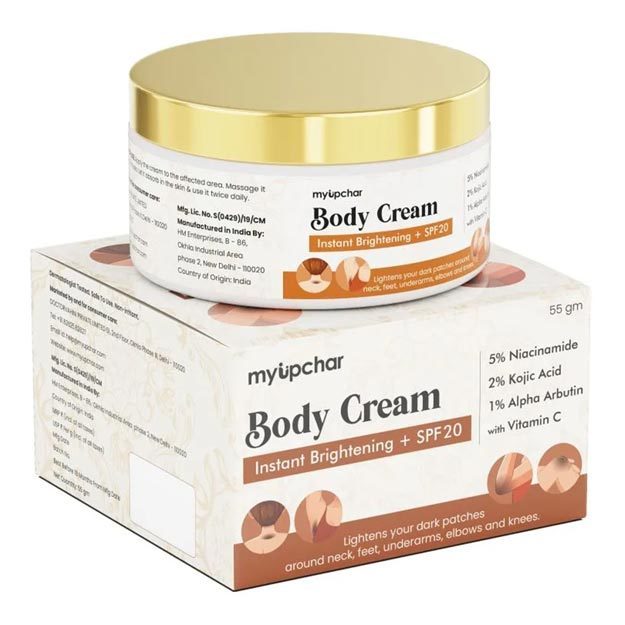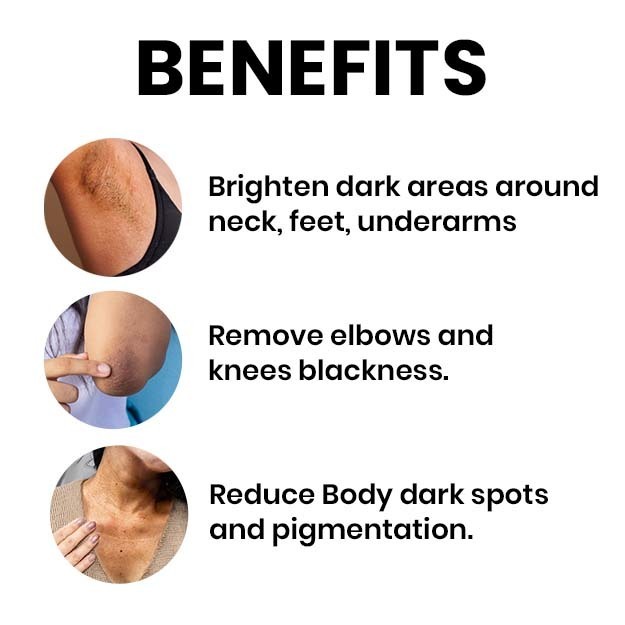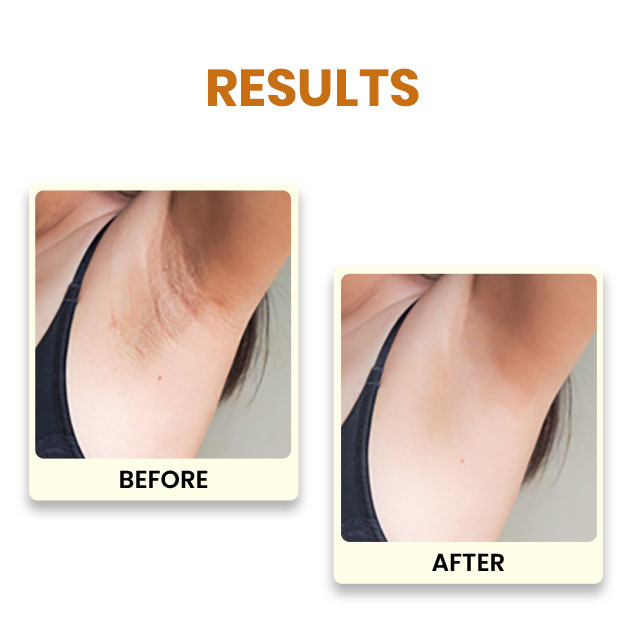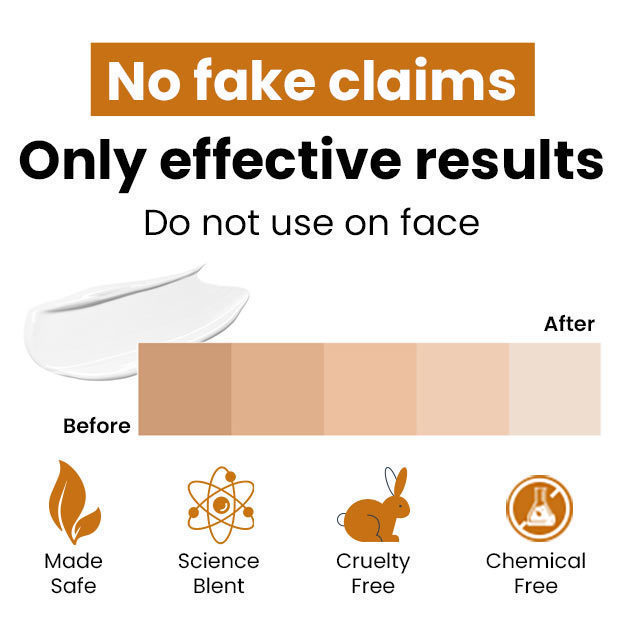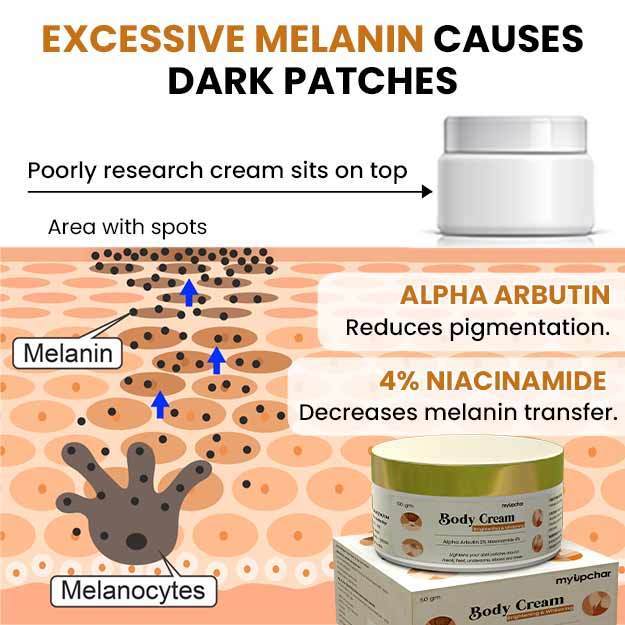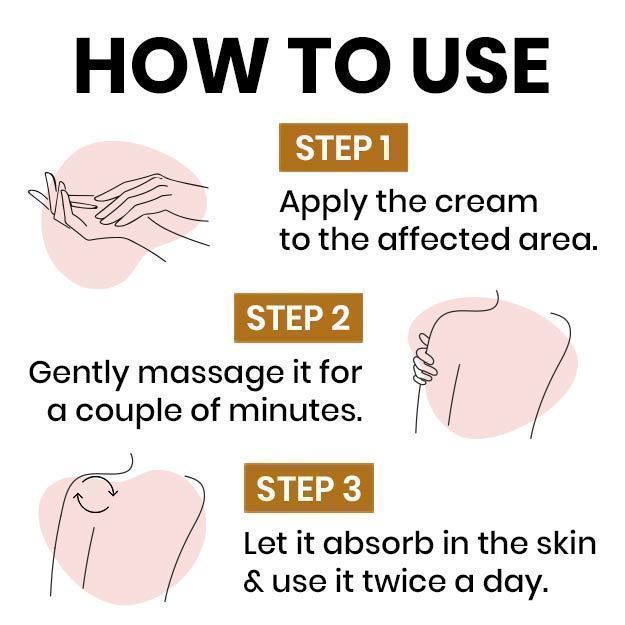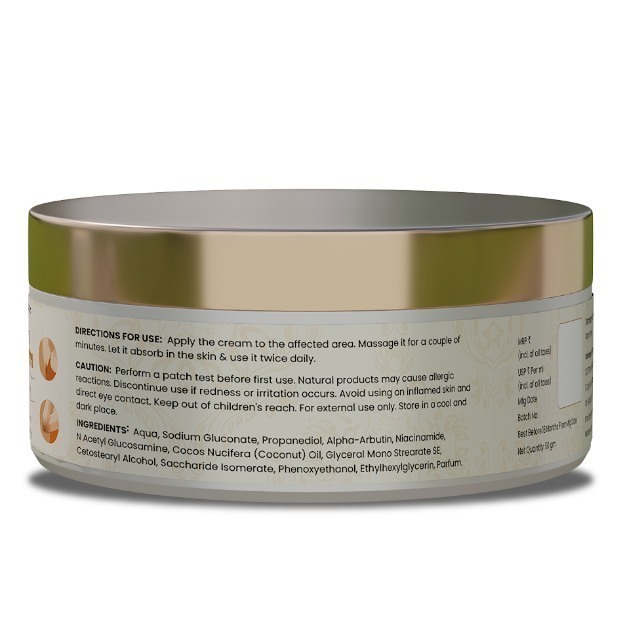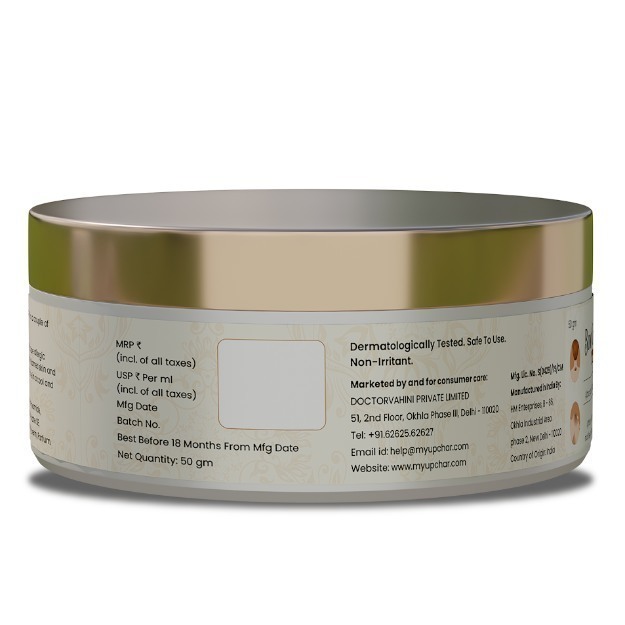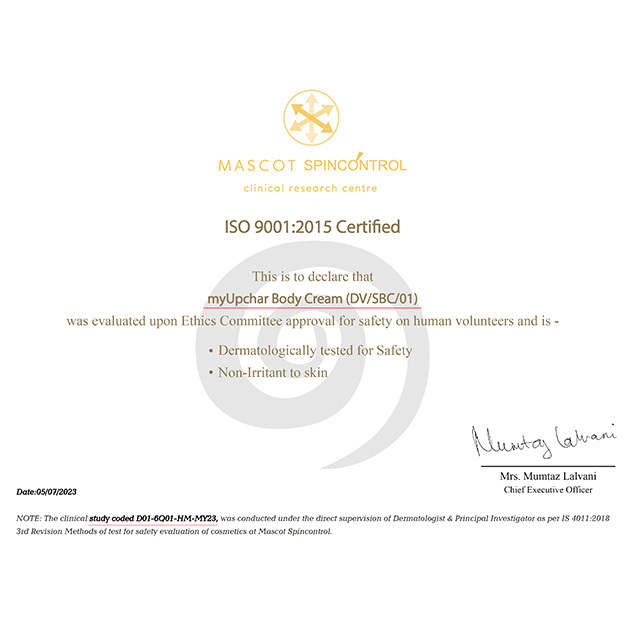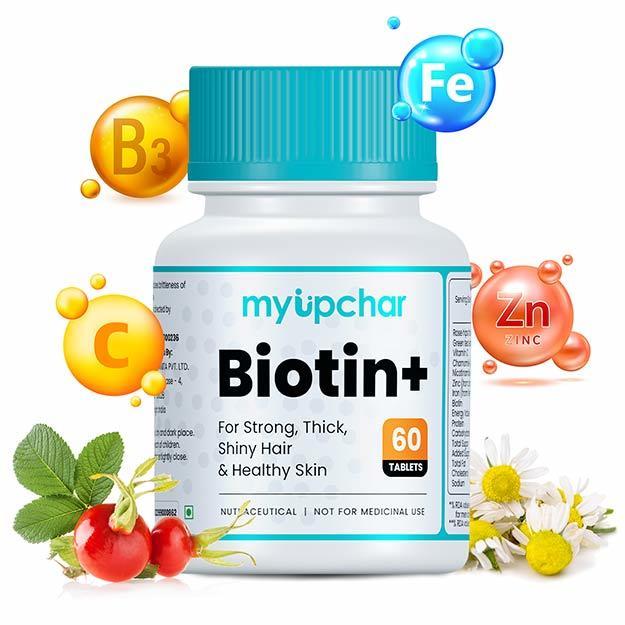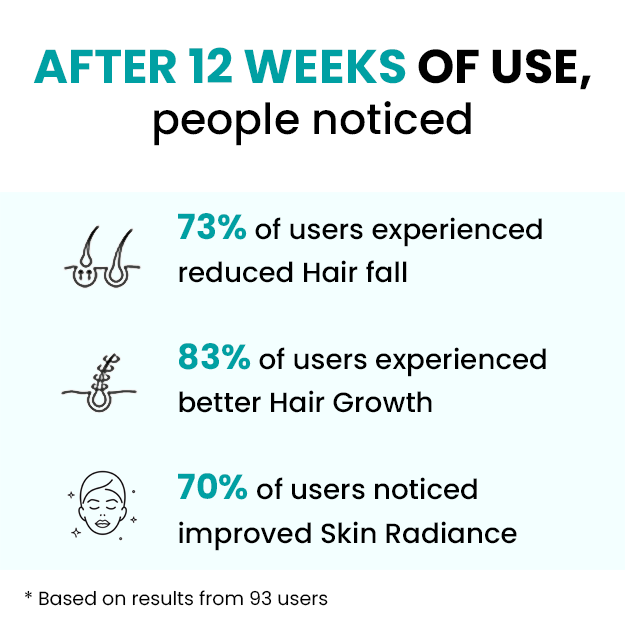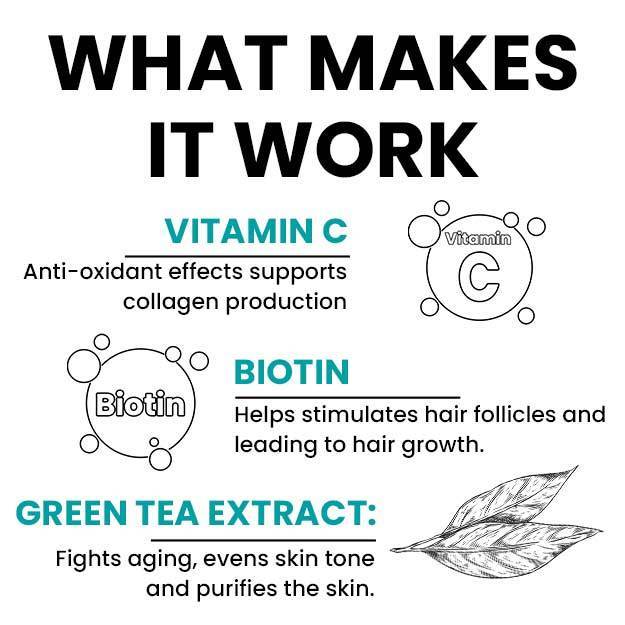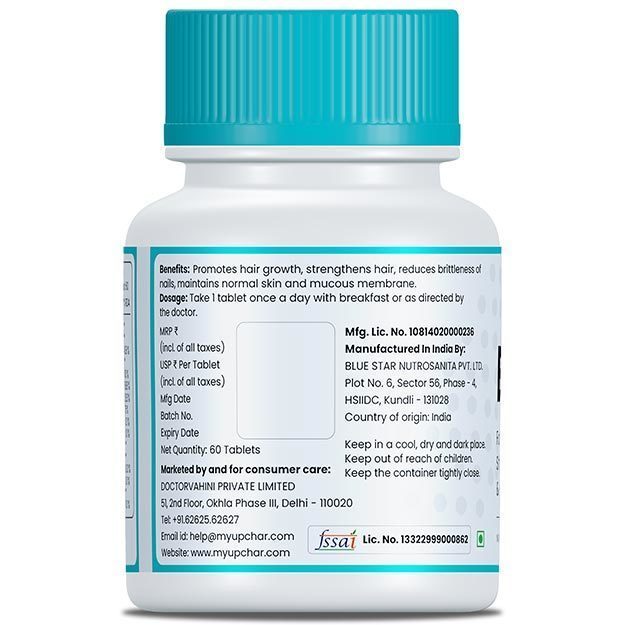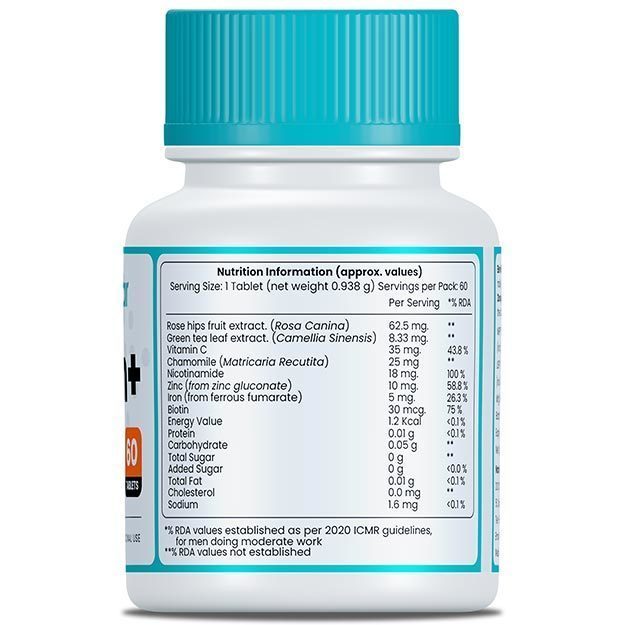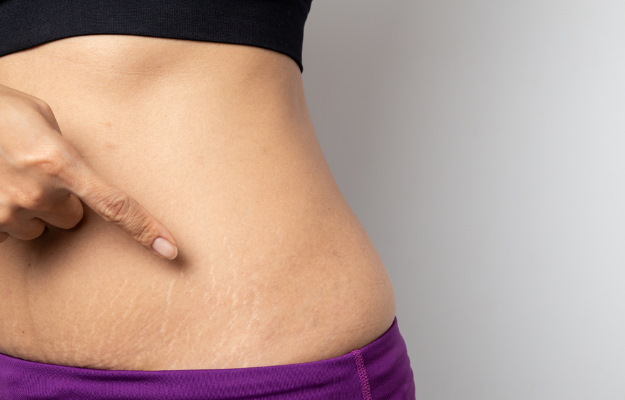Ever caught a glimpse of slightly darker patches of skin on your face, maybe across your cheeks, forehead, or upper lip? If so, you're not alone! It's a super common skin condition called melasma, and while it's not a health concern, it can sometimes feel like an unwelcome guest. Think of it as your skin's pigment-producing cells, called melanocytes, getting a little overenthusiastic in certain areas, leading to those tell-tale tan or brown spots. Ready to learn all about this intriguing skin phenomenon? Let's dive in and uncover everything you should know about melasma, from what causes it to how you can manage it, in a way that's easy to understand and feels like a friendly chat.
- What is Melasma?
- What is the Main Cause of Melasma?
- What are the Symptoms of Melasma?
- Is Melasma a Serious Condition?
- What are the Complications of Melasma?
- What are the Major Risk Factors of Melasma?
- How to Cure Melasma from the Inside?
- Which Acid Removes Melasma?
- Which Oil is Good for Melasma?
- Which Vitamin is Best for Melasma?
- Which Food Increase Melasm?
- Which Foods Cure Melasma?
- Which Vitamin Deficiency Causes Melasma?
- How Can I Prevent Melasma Naturally?
- Medical Treatments for Melasma
- Tips to Prevent Melasma
- Summary
What is Melasma?
So, what exactly is melasma? Imagine your skin has these tiny factories called melanocytes. Their job is to produce melanin, which is the pigment that gives your skin its lovely color. Now, with melasma, for some reason, these factories in certain areas go into overdrive and start producing too much melanin. This extra pigment clumps together, leading to those flat, darker patches that we call melasma. Think of it like a little spill of brown paint on the surface of your skin.
To put it simply, melasma is a skin condition that shows up as patches of darker skin, usually on the face. These patches are often symmetrical, meaning they appear in similar patterns on both sides of your face. The most common areas are the cheeks, forehead, nose, and upper lip. Sometimes, you might see it on other sun-exposed areas like the forearms and neck too. It's all down to those melanocytes working a little too hard in those specific spots.
Read More: (Pigmentation Treatment and Remedies - myUpchar)
What is the Main Cause of Melasma?
It’s the sun! Yes, our big, bright star, while essential for life, can sometimes be a bit of a troublemaker for our skin. Ultraviolet (UV) radiation from the sun is a major trigger for melanocytes to get a bit hyperactive. That's why you'll often see melasma pop up or get darker after sun exposure, especially during those bright summer months or sunny vacations. Think of the sun's rays as turning up the volume on those melanin-producing factories.
Why Does Melasma Occur?
But hold on, it's not just the sun acting alone in many cases. There's usually a combination of factors at play. Hormones are big players here, especially in women. Many women notice melasma for the first time during pregnancy, which is why it's sometimes called the "mask of pregnancy", or when they start using hormonal birth control. It seems like those hormonal shifts can make the melanocytes more sensitive to the sun's effects, like they become easier to trigger. Genetics also plays a role! If your mom or sister has melasma, you might be a bit more likely to get it too – it can run in the family. Certain medications and even some skincare products that irritate your skin can also contribute to its development. It's like a little cocktail of factors that can sometimes stir up melasma.
What are the Symptoms of Melasma?
Melanin, as we know, is a pigment in our skin. It performs important functions like blocking the harmful rays of the sun. Melasma occurs when the cells that make melanin & melanocytes malfunction.
The most obvious symptom of melasma is hyperpigmentation or spots on the face, though these spots may also occur on the neck, shoulders, and forearms.
The spots of melasma can be brown or greyish-brown: If the hyperpigmentation is in the deeper layers of the skin (dermis), the spots appear greyish-brown and less defined (the boundary is less clear) compared with when the spots are in the epidermis or upper layer of skin.
Melasma spots are usually diffuse and spread symmetrically: across the bridge of the nose, on both cheeks, etc. This is a key clue in separating melasma from some other skin pigmentation disorders, like dark circles around the eyes.
Facial spots of melasma are typically found in three patterns:
-
Centrofacial, with spots on the forehead, nose, cheekbones, and chin
-
Spots on both cheeks
-
Mandibular, with spots centred around the jaw
The spots in other parts of the body tend to be located in regions that have higher exposure to the sun, such as the neckline and forearms.
Is Melasma a Serious Condition?
Now, the big question: is melasma a serious condition? The good news is, medically speaking, melasma is generally harmless. It's not itchy, painful, or a sign of anything more sinister going on inside your body. However, let's be real, those patches on your face can sometimes be a real confidence zapper. It can affect how you feel about your appearance, and that's a serious concern in its own way. So, while it's not a health threat, it's something that people often want to address for cosmetic reasons. It's about how it makes you feel.
What are the Complications of Melasma?
Are there any complications of melasma? Medically, as we discussed, melasma is generally harmless. The main complications are usually emotional and psychological. Feeling self-conscious about your appearance can impact your self-esteem, social life, and overall well-being. That's why addressing it, even if just for cosmetic reasons, can be important for your quality of life. It's about how it makes you feel in your own skin.
What are the Major Risk Factors of Melasma?
What are the major risk factors of melasma? We've touched on these, but let's recap to keep it clear:
- Sun exposure: The number one trigger and exacerbating factor.
- Hormonal changes: Pregnancy, hormone replacement therapy, and hormonal birth control.
- Family history: Having relatives with melasma increases your susceptibility.
- Being female: Women are much more likely to develop melasma than men.
- Darker skin tones: Individuals with Fitzpatrick skin types III-VI are more prone.
- Certain medications and skincare products: Some can make the skin more sensitive to the sun.
How to Cure Melasma from the Inside?
Now, how about tackling melasma from the inside? How to cure melasma from the inside? While there isn't a magic pill to make melasma disappear, focusing on overall skin health through diet and lifestyle can be beneficial. Eating a balanced diet rich in antioxidants – think colorful fruits and vegetables – can help protect your skin cells from damage. Staying well-hydrated is always a good idea for healthy skin function. And of course, managing stress can also play a role in overall skin health, as stress can sometimes trigger hormonal changes.
Which Acid Removes Melasma?
You might be wondering, which acid removes melasma? Well, several acids are used in skincare to help exfoliate the top layers of the skin and fade hyperpigmentation, including melasma.
- Glycolic acid: This is an alpha-hydroxy acid (AHA) that gently exfoliates the surface of your skin, helping to shed pigmented cells.
- Salicylic acid: A beta-hydroxy acid (BHA) that also exfoliates and can penetrate deeper into pores, which can be beneficial for overall skin clarity.
- Azelaic acid: This one is often specifically recommended for melasma as it can help to inhibit the production of melanin, the pigment that causes the dark patches.
Again, it's best to discuss which acid might be right for you with a dermatologist, as the concentration and how you use it are important to avoid irritation.
Read More: (Effective Home Remedies for Sun Tan Removal)
Which Oil is Good for Melasma?
What about oils? What oil is good for melasma? Some natural oils are thought to have potential benefits for melasma due to their antioxidant or skin-lightening properties:
- Rosehip oil: Rich in vitamin A and antioxidants, which can help with skin regeneration and fading dark spots.
- Jojoba oil: Moisturizing and can help balance skin oil production, which is important for overall skin health.
- Almond oil: Another source of vitamin E, which can help improve skin tone.
Like with any topical treatment, do a patch test first on a small area of your skin to see how it reacts before applying it all over your face.
Which Vitamin is Best for Melasma?
When it comes to vitamins, which vitamin is best for melasma? There isn't one single "best" vitamin, but several can support healthy skin and potentially help with hyperpigmentation.
- Vitamin C: A powerful antioxidant that can help brighten the skin and inhibit melanin production. You can find it in citrus fruits, berries, and leafy greens, and also in topical serums.
- Vitamin E: Another antioxidant that can protect skin cells from damage. Nuts, seeds, and vegetable oils are good sources.
- Vitamin D: Important for overall skin health, although its direct role in melasma is still being studied. Sunlight is a major source, but you can also get it from certain foods and supplements (under a doctor's guidance).
It's always best to get your vitamins through a balanced diet, and if you're considering supplements, chat with a doctor first to see what's right for you.
Which Food Increase Melasm?
Are there any foods that increase melasma? While no specific food directly causes melasma, some things might indirectly worsen it or make your skin more susceptible to sun damage for some individuals. Foods that are highly inflammatory or can cause hormonal fluctuations might theoretically play a role, but this isn't a universal rule. It's more about maintaining a generally healthy and balanced diet. Paying attention to how your skin reacts after eating certain things might be helpful for you.
Which Foods Cure Melasma?
On the flip side, which foods cure melasma? While no food is a guaranteed cure, certain foods packed with antioxidants and skin-loving nutrients can be beneficial for overall skin health and might help support the fading of hyperpigmentation over time. Think of these as allies in your skincare journey:
- Tomato- Rich in lycopene, a powerful antioxidant that can protect skin cells.
- Milk- Contains lactic acid, which has gentle exfoliating properties.
- Coffee- A source of antioxidants, although moderation is key for overall health.
- Cucumber- Hydrating and soothing for the skin.
- Yogurt- It contains lactic acid and can be used topically as a mask.
- Potato- Some believe the enzymes in raw potato can help lighten skin (apply slices or juice topically with caution).
- Ice- Applying ice can help reduce inflammation, which can sometimes worsen hyperpigmentation.
- Pomegranate- Loaded with antioxidants that can fight skin damage.
Again, these are supportive additions to a healthy diet and skincare routine, not standalone cures.
Which Vitamin Deficiency Causes Melasma?
Interestingly, which vitamin deficiency causes melasma? While melasma isn't directly caused by a specific vitamin deficiency, some research suggests a possible link between low levels of vitamin D and hyperpigmentation disorders, including melasma. Vitamin D plays a role in regulating skin cell growth and function. However, more research is needed to fully understand this connection. It's always a good idea to ensure you have adequate vitamin D levels for overall health, often through safe sun exposure, diet, or supplements under a doctor's guidance.
Read More: (Skin Care Tips for Every Season: Stay Glowing Year-Round)
How Can I Prevent Melasma Naturally?
So, you want to know how to naturally keep those darker skin patches, called melasma, from showing up? Good thinking! While it's not always possible to stop it completely, especially if it runs in your family, there are some simple things you can do at home that might help keep them away. Think of these as gentle ways to care for your skin. Let's look at some easy ideas!
Home Remedies for Melasma
Now, when we talk about "home tricks," just remember these are usually gentle helpers and might not work as strongly as things you get from a doctor. But lots of people find them nice for their skin and think they might help keep melasma from getting worse or showing up as much. Let's see what's popular:
Turmeric: That yellow spice in your kitchen? It has something in it called curcumin that can help calm skin and might even make dark spots lighter over time. Some people mix turmeric powder with a little milk or honey to make a face mask. Just be careful, it can make your skin a little yellow for a bit, so maybe try it on a small spot first!
Aloe Vera: That cool, clear gel is great for sunburns, but it can also help your skin feel good in general. Some people think putting fresh aloe vera gel on the spots where melasma likes to show up might calm the skin and maybe even make it a little lighter if you use it often. It's soft and makes your skin feel moist, which is always good.
Be Careful with Lemon Juice: You know lemon juice can sometimes bleach things? It has something called citric acid in it. Now, it might make your skin lighter, but you have to be super careful! Lemon juice can be strong and can make your skin burn easily in the sun, and the sun is a big no-no for melasma! If you try this, mix it with a lot of water, put just a little on the dark spots, don't leave it on for long, and wash it off well before you go outside. Honestly, there are softer ways to care for your skin!
Green Tea Love: You know green tea is a healthy drink? Well, it also has things in it called antioxidants that help protect your skin. You can drink green tea or even wash your face with cooled-down tea. Some people think these antioxidants can help your skin look healthier overall.
The main thing to remember with these home tricks is to do them regularly, and everyone's skin is different, so what works for your friend might not work the same for you. Always pay attention to your skin! If anything makes it red or itchy, stop using it.
Medical Treatments for Melasma
When it comes to medical treatments for melasma, there are several options that dermatologists might suggest. These often focus on lightening the existing patches. Topical creams containing ingredients like hydroquinone, tretinoin, corticosteroids, or azelaic acid are common first-line treatments. Think of these as targeted helpers that tell those overactive melanocytes to calm down a bit. There are also combination creams that put a few of these powerhouses together for a more comprehensive approach. For more stubborn cases, procedures like chemical peels, microdermabrasion (gently sanding the top layer of skin), or laser treatments might be considered. However, it's super important to chat with a skin doctor about these, as they need to be done carefully and might not be suitable for everyone. And remember, consistency is key with any treatment – it's a marathon, not a sprint!
Study About the Treatment of Melasma
This review article, "Medical Management of Melasma: A Review with Consensus Recommendations by Indian Pigmentary Expert Group," authored by Rashmi Sarkar and fifteen other dermatologists, was published in November-December 2017. It focuses on the medical treatment of melasma, a common skin issue with symmetrical dark patches, mainly in women. The authors reviewed past literature and data, especially hospital studies from the last two decades, using databases like PUBMED and COCHRANE LIBRARY. They also discussed with 15 dermatologists from the Pigmentary Disorders Society (PDS) and the South Asian Pigmentary Forum (SPF).
The review of existing studies and the expert panel's input led to several findings and recommendations. Melasma is more common in Southeast Asian populations. Hormonal changes, especially during pregnancy, and sun exposure are major triggers. The study suggests using broad-spectrum sunscreens and various creams as primary treatments. It also provides a detailed treatment plan for melasma, specifically for the Indian population, where such guidelines were previously missing.
In conclusion, this article stresses the importance of sun protection and the use of topical medications for effectively managing melasma. By combining research findings with expert opinions, the study offers helpful guidance for doctors treating this common skin problem.
(https://pmc.ncbi.nlm.nih.gov/articles/PMC5724303/)
Read More: (How to get glowing skin: home remedies and skin care tips)
Tips to Prevent Melasma
So, how to prevent melasma? The most important thing you can do is be a sun protection superstar!
- Wear a broad-spectrum sunscreen with a high SPF (30 or higher) every single day, even when it's cloudy or you're indoors (as UV rays can penetrate windows).
- Reapply your sunscreen frequently, especially after sweating or swimming.
- Wear protective clothing like wide-brimmed hats and sunglasses when you're out in the sun.
- Try to avoid peak sun hours, typically between 10 a.m. and 4 p.m., when the UV radiation is strongest.
- If you know certain hormonal changes or medications trigger your melasma, discuss alternatives with your doctor if possible.
- Be gentle with your skin and avoid harsh scrubs or products that could irritate it, as irritation can sometimes worsen hyperpigmentation.
Summary
Melasma is a common skin condition characterized by darker patches, often on the face, primarily caused by a combination of sun exposure, hormonal influences, and genetics. While it's medically harmless, it can impact self-confidence. Treatments range from topical creams and in-office procedures to supportive natural remedies and dietary considerations. Consistent sun protection is the cornerstone of both prevention and management. While a permanent cure isn't always guaranteed, melasma can often be significantly lightened and managed effectively with the right approach and a little patience. Remember, you're not alone in this, and there are ways to address it!
Doctors for Understanding Melasma: Causes, Triggers, and Management Options

Shahnaz Husain
Beauty
50 Years of Experience
References
- Saeed W., Altaf F., Rashid S. and Rani Z. Efficacy and safety of 50% glycolic acid peels in the treatment of melasma in Fitzpatrick’s skin type IV and V. Journal of Pakistan Association of Dermatologists, 2016; 26(1): 26-30.
- Kheradmand M., Afshari M., Damiani G., Abediankenari S. and Moosazadeh, M. Melasma and thyroid disorders: a systematic review and meta‐analysis. International Journal of Dermatology, November 2019; 58: 1231-1238. PMID: 31149743.
- Harvard Women's Health Watch, Harvard Health Publishing [Internet]. Unmasking the causes and treatments of melasma, October 2018.
- Handel A.C., Miot L.D. and Miot H.A. Melasma: a clinical and epidemiological review. Anais Brasileiros de Dermatologia, September-October 2014; 89(5): 771-82. PMID: 25184917.
- Vashi N. and Kundu R. link]. British Journal of Dermatology, October 2013; 169: 41-56.
- Cestari T.F., Dantas L.P., Boza J.C. Acquired hyperpigmentations. Anais Brasileiros de Dermatologica. January-February 2014; 89(1): 11-25. PMID: 24626644.
- Sarkar R., Jagadeesan S., Madegowda S.B. and Verma S. et al. Clinical and epidemiologic features of melasma: a multicentric cross‐sectional study from India. International Journal of Dermatology, November 2019; 58(11): 1305-1310.
- Sarkar R., Gokhale N., Godse K. and Ailawadi P. Medical management of melasma: A review with consensus recommendations by Indian pigmentary expert group. Indian Journal of Dermatology, 2017; 62(6): 558-577.
- Nouveau S., Agrawal D., Kohli M., Bernerd F., Misra N. and Nayak C.S. Skin hyperpigmentation in Indian population: insights and best practice. Indian Journal of Dermatology, September-October 2016; 61(5): 487-95. PMID: 27688436.
- Sarkar R., Puri P., Jain R.K., Singh A. and Desai A. Melasma in men: a clinical, aetiological and histological study. Journal of the European Academy of Dermatology and Venereology, 2010; 24(7): 768-772.
- Cunliffe T. Hyperpigmentation of the face and neck. Primary Care Dermatology Society [Internet].
- Schlessinger D.I., Anoruo M.D. and Schlessinger J. Biochemistry, Melanin. In: StatPearls [Internet]. Treasure Island (FL): StatPearls Publishing; 2020 Jan-.





